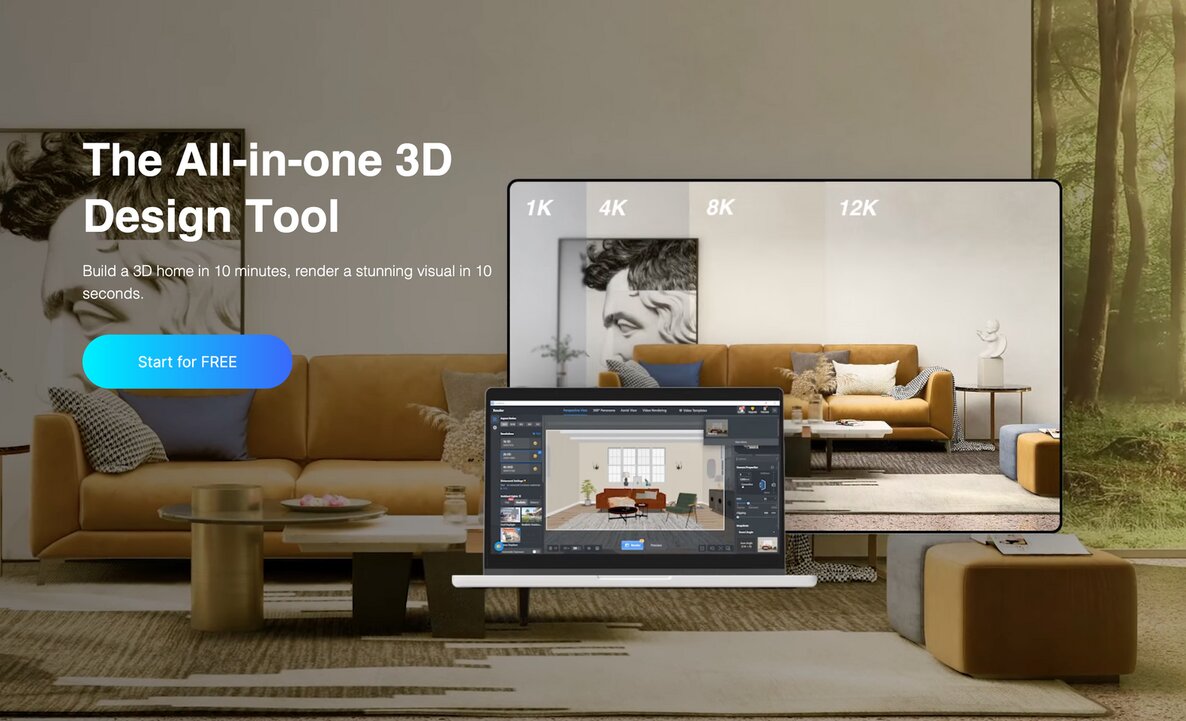In today’s fast-paced digital landscape, the convergence of technology and design plays a pivotal role in shaping the success of businesses. Whether you are a small startup or a large corporation, harnessing the power of technology and design can provide a competitive edge that can boost your brand’s visibility and reputation. In this article, we’ll explore 10 key ways in which connecting technology and design can help your business thrive.
1. Logo Design: Crafting a Memorable Identity
Your logo design is the face of your business, and it’s often the first thing customers encounter. A well-designed logo communicates your brand’s personality and values. With technology tools like Adobe Illustrator and Canva, designers can create stunning logos that resonate with your target audience, leaving a lasting impression.
2. Email Validation: Ensuring Data Accuracy
Email marketing is a powerful tool for reaching your audience. By integrating email validation services into your communication strategy, you can maintain a clean and accurate email list. This technology helps in reducing bounce rates and ensures that your messages reach the right recipients, enhancing the effectiveness of your email campaigns.
3. Identity Threat Scan: Protecting Your Reputation
In an era of increased cyber threats, safeguarding your business’s digital identity is paramount. Utilizing identity threat scanning tools helps detect vulnerabilities and potential breaches, allowing you to take preemptive action. A well-protected online presence inspires trust among customers and partners.
4. Virtual Machine Hosting: Scalable Infrastructure
Virtual machine hosting services provide businesses with flexible and scalable IT infrastructure. This technology allows you to adapt to changing demands quickly, ensuring that your website and applications run smoothly even during traffic spikes.
Source: https://www.pexels.com/photo/letters-on-the-wooden-blocks-9822732/
5. Backlink Monitoring: Enhancing SEO
Search engine optimization (SEO) is vital for online visibility. Backlink monitoring tools help you track your website’s link profile. This technology allows you to identify opportunities for link building and ensures that your website ranks higher in search engine results, driving organic traffic.
Source: https://creately.com/blog/marketing/user-centered-design-marketing/
6. User-Centric Website Design: Enhancing User Experience
Your website is often the first interaction customers have with your business. A well-designed website optimized for user experience (UX) leverages technology to provide seamless navigation, faster load times, and mobile responsiveness. This ensures that visitors have a positive impression and are more likely to convert into customers.
Source:https://www.pexels.com/photo/person-holding-iphone-showing-social-networks-folder-607812/
7. Social Media Integration: Amplifying Engagement
Technology and design work hand in hand to create engaging social media content. Visual elements such as graphics, videos, and infographics, combined with social media scheduling tools like Hootsuite or Buffer, enable you to reach your audience effectively. Consistent branding across platforms enhances recognition and engagement.
8. Mobile App Development: Expanding Reach
With the increasing use of smartphones, having a mobile app can be a game-changer. Technology-driven design principles ensure that your app is intuitive and visually appealing. Mobile apps can improve customer engagement, offer personalized experiences, and drive sales. Additionally, optimizing your app for Business Phones ensures seamless communication and accessibility for professionals on the go, fostering stronger business relationships.
Source:https://venngage.com/templates/diagrams/data-viz-edf4207a-7fb4-47ce-ae1e-df730cc93d78
9. Data Visualization: Informed Decision-Making
Technology enables businesses to collect vast amounts of data. Design plays a crucial role in transforming complex data into comprehensible visuals through infographics, charts, and dashboards. Moreover, there are several Excel alternatives available that can provide enhanced data visualization capabilities, allowing organizations to make data-driven decisions more effectively.
Data visualization tools like Tableau and Power BI help in making data-driven decisions more accessible.
10. A/B Testing for Website Optimization
Technology-driven A/B testing tools, such as Google Optimize and Optimizely, allow you to experiment with different website designs and content layouts. This iterative design process, backed by data, helps you refine your website’s performance, ultimately leading to increased conversions and customer satisfaction.
In conclusion
The synergy between technology and design can significantly benefit your business in various ways. From creating a compelling logo to protecting your online identity and enhancing user experience, the integration of these two disciplines empowers your brand to stand out in a competitive marketplace. Embrace the opportunities that technology and design offer to propel your business to new heights.
By prioritizing these 10 ways of connecting technology and design, you can transform your business and create a lasting impact on your target audience, ultimately leading to growth and success.
Contact marketing@coohom.com to get partnerships, and share more insights.
Social Contact:
LinkedIn | Facebook | Instagram | Twitter | YouTube

